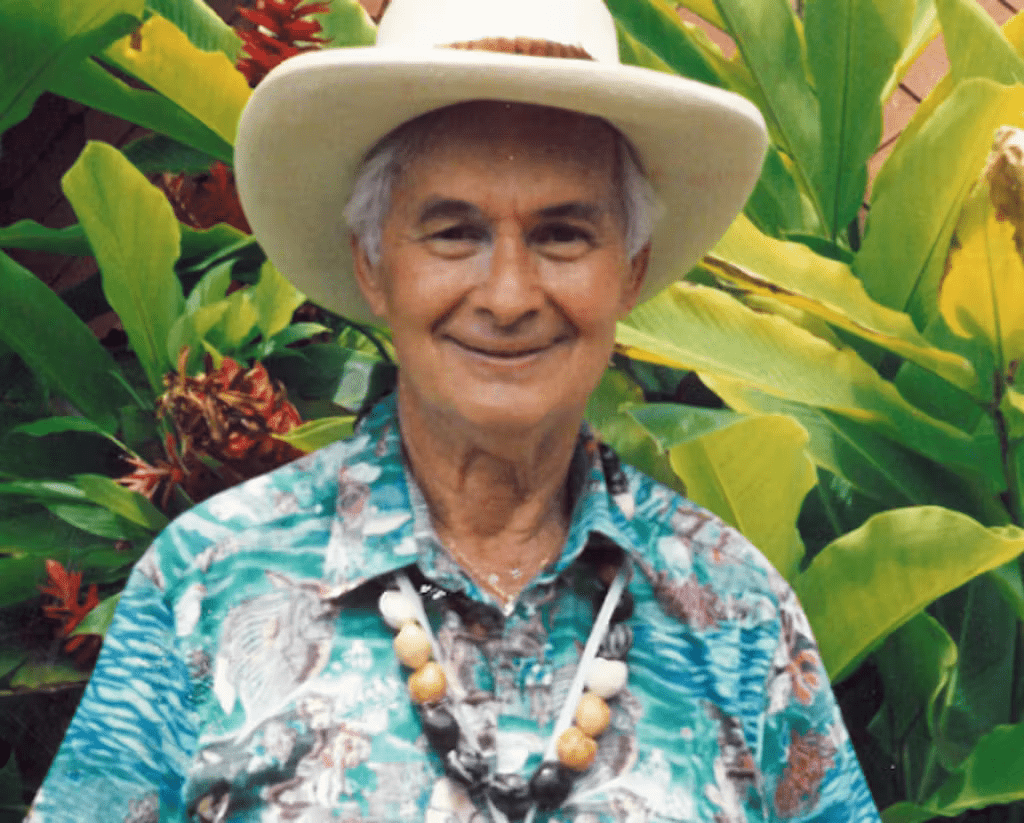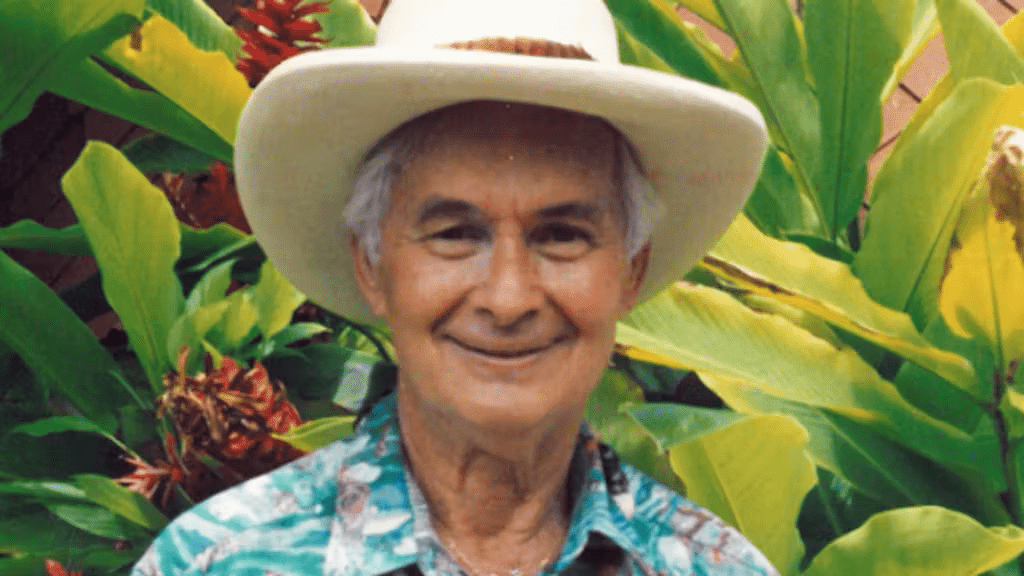
Richard Wessman Kimi — Hawai’i Aloha Travel
Rich Dad Poor Dad – the personal finance book to end all personal finance books. With over 40 million copies sold across its lifetime there can be no denying this book’s influence both for the finance book-reading population and even further beyond.
What is Rich Dad Poor Dad About?
For those of you who haven’t read it, Rich Dad Poor Dad is a semi-autobiographical book written by an entreprenuer, Robert Kiyosaki, who grew up with two fathers. Poor Dad, his own father and Rich Dad, his best friend’s father. Poor Dad and Rich Dad held contrasting views on every personal finance topic.
Poor Dad said, “the love of money is the root of all evil.” Rich Dad said, “the lack of money is the root of all evil.” Poor Dad said, “study hard so you can work for a good company.” Rich Dad said, “study hard so you can buy a good company.” Poor Dad said, “I’m not interested in money.” Rich Dad said, “money is power.”
Click here for a full review of Rich Dad Poor Dad.
Does Rich Dad Exist?
Over the years, many doubts and controversies were raised regarding Rich Dad Poor Dad. Chief among these concerns is a persistent question: Who is Rich Dad?
While Robert Kiyosaki was incredibly forthcoming of Poor Dad’s identity (one Ralph Kiyosaki), the identity of Rich Dad was kept carefully – perhaps suspiciously? – under wraps. Many influential figures in Robert’s life were proposed to be Rich Dad. Buckminister Fuller, Robert’s mentor who he mentioned once in a TedTalk. Marshall Thurber, Robert’s teacher at the start of his motivational speaking career in the Your Money and You series. Keith Cunningham, Robert’s long-time supporter and good friend. However, none of these men were a good match, they were in turn too young (Cunningham), too socialist (Fuller), or of a mismatched background (Thurber). As a result, speculators were left with two possible conclusions:
1 – Rich Dad was a combination of a number of different mentors. Closer to a fictional figure invented to convey a message than a real person.
2 – Rich Dad is someone else entirely, undiscovered and unknown to the public.
For a long time, just about everyone assumed that #1 must be true. The case was not helped by Robert Kiyosaki when he himself said in a 2002 interview with Smart Money Magazine, “Why don’t you treat Rich Dad like Harry Potter?”
Rich Dad is Fictional, Got It … Or is He?
The first time Richard Wessman Kimi was brought up as a potential candidate for Rich Dad was on February 2nd 2009 by honluluadvertiser.com. It was an article commemorating his life in the light of his passing on December 19th 2008. “Richard Kimi also enjoyed teaching and sharing his sales, marketing and business knowledge,” so said the article. “One of his students was Robert Kiyosaki, author of the “Rich Dad, Poor Dad” books, who based his original ‘rich dad’ on Kimi, Alan Kimi said.”
Years later on May 4th 2016, Alan Kimi appeared on the Rich Dad Radio Show. During this broadcast it was revealed that the Kiyosakis and the Kimis had a confidentiality agreement that ended with Richard Kimi’s passing. Alan Kimi, the son of the late Rich Dad and “Mike” from the Rich Dad Poor Dad book, stepped forward to explain the kind of man his father was and the impact he had on the two children.
Richard Wessman Kimi – the Man Behind Rich Dad
Richard Kimi was born on Febrary 3rd 1925 as the son of Territorial Senator William Kimi. Being an American of Japanese descent, he enlisted in the military following the attack on Pearl Harbour. Kimi was promoted to sergeant at 19, making him one of the youngest sergeants ever. After the war ended, Richard Kimi returned to help with the family business which sold surplus army supplies.
Noticing it’s downward trajectory, the young Richard Kimi pivoted from selling goods to construction. He and his brothers built Kimiville, a venture intended to provide affordable housing to those in need in Hilo. In the mid 1950’s, Richard Kimi spotted an opportunity.
There were many tourists coming Hawaii now that the war had ended. The more affluent ones arrived by plane and most of the existing hotels catered to them. Middle class tourists arrived as well by boat and were in need of a budget-friendly option.
“He always thought five to 10 years ahead,” Alan Kimi said of his father.
And so it was. Richard Kimi recognized the incoming post-war prosperity, and with it, a boom in the tourist industry. In 1956, amidst a crowd of naysayers who told him he was crazy, Richard Kimi scraped together all his savings and all his knowledge in construction to build his first ever hotel: the 30-room Hotel Hukilau.
Richard Kimi’s hotels quickly took off. The hotels were always full and Kimi was kept busy hauling luggage, cleaning, booking, and running the hotel as a one-man team. His hotel chain expanded in due time, from Kona, to Maui, to Kaui’i. His biggest purchase being the old Waikiki Baltimore hotel, today sold to Hyatt Regency.
If you liked this article you might also like –
How to Achieve Financial Independence When You Have Student Loans
Reviewing Your Money or Your Life – Is It Possible to Have Both?
WeFIRE Newsletter
A weekly roundup of money news, budgeting hacks, tax strategies, book reviews, and bursts of inspiration to support you on your path to financial independence.




Jenny Xu